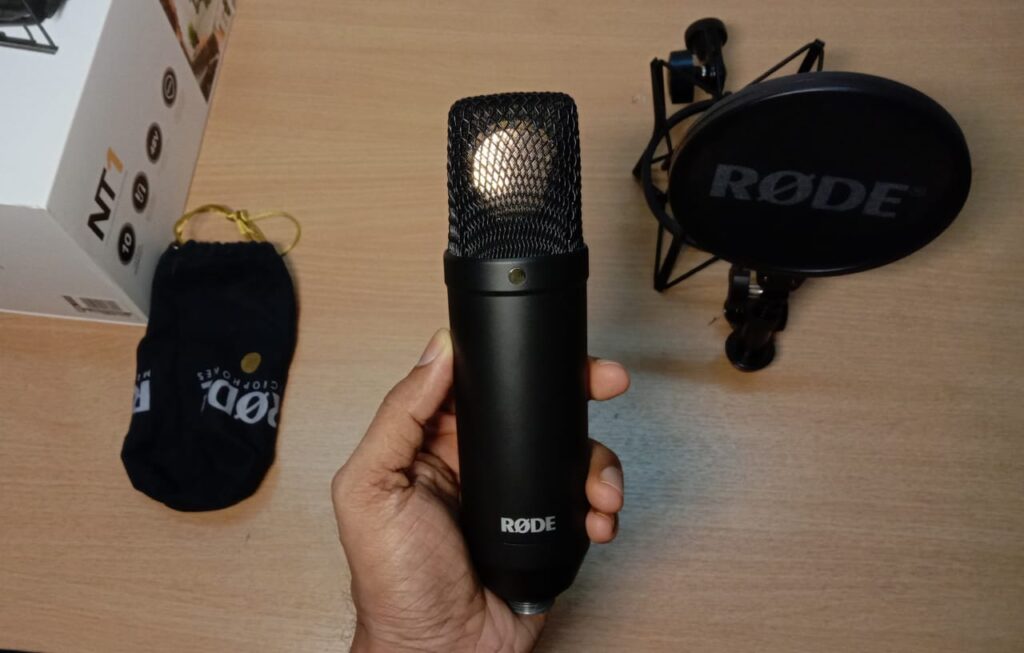Why did I buy the RODE NT1?
Ever since I started doing voice overs from home ,I have watched hours and hours of microphone review videos on Youtube. And I have lost count of the times I have heard the name ‘Rode NT1‘ condenser microphone mentioned as the Best budget voice over mic . Didn’t take much time before it became an aspirational microphone of mine.
NT1 does have a long history of being the most popular budget studio mic since its launch in the 90’s.
The current model I have is from the line of a 2013 revision to the original Rode NT1.The specs have vastly improved now from the old NT1.
History:
In the 90’s a company called Freedman electronics started making affordable microphones by importing Chinese capsules ,with the body and other electronics made in Australia. The microphones became a success with the ADAT based home recording boom in the 90’s. This marked the beginning of RODE microphones.
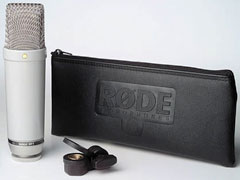
There is an unverified anecdote about the naming of the mic. The modified microphone of Freedman electronics was an immediate success,
with sales taking off like “a rat up a drainpipe” .
This led to the mic being unofficially called the ‘RODENT-1’, which was later changed to the RØDE NT1 . Interesting story isn’t it.
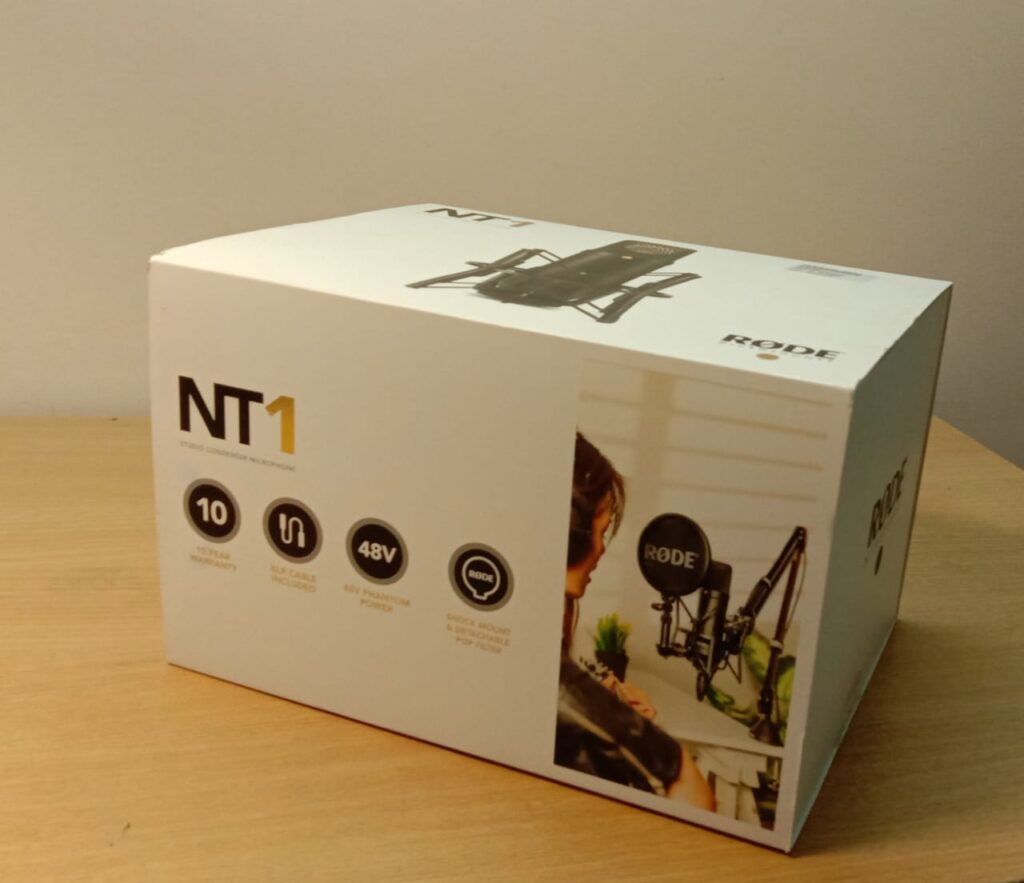
Buying the aspirational mic:
When I went to buy the Rode NT1 kit, it felt like a dream come true. I was experiencing the same happiness that someone feels while achieving much bigger dreams like buying a car! And I was only spending 26,000 INR( around 350USD) for that happiness.
Same happiness and lesser carbon footprint.
Felt like a win win!
What is included in the NT1 KIT.
The NT1 Kit includes the NT1 microphone, a shock mount, a pop shield, a cable and a dust cover. The shock mount reduces handling noise and vibrations, the pop shield helps to reduce plosives and wind noise, and the dust cover protects the microphone when not in use. All of these add-ons that comes in the kit are high quality, sturdy and heavy.
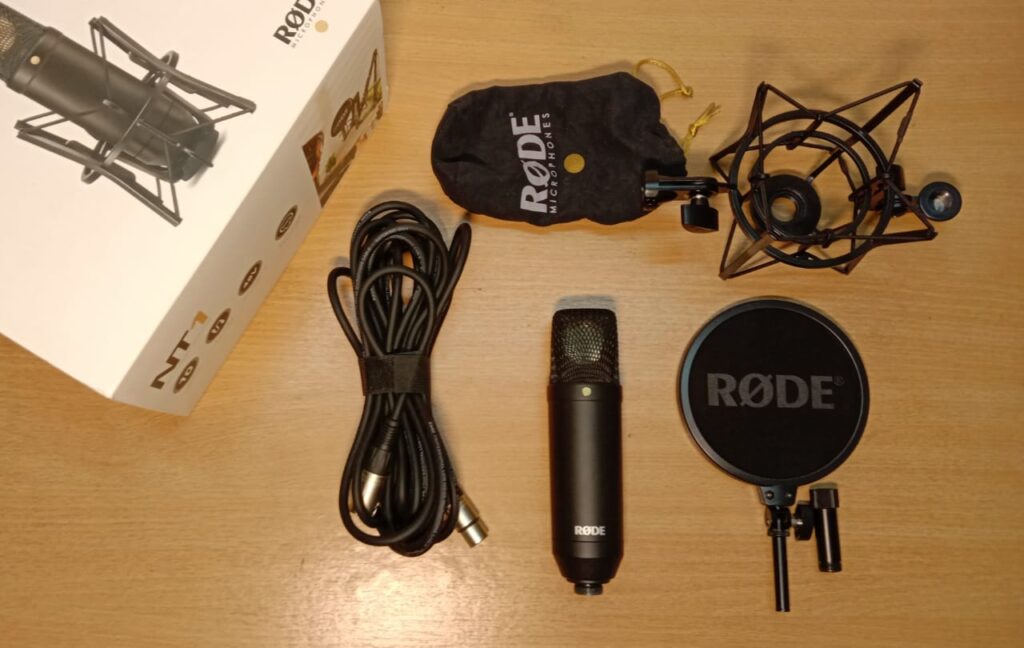
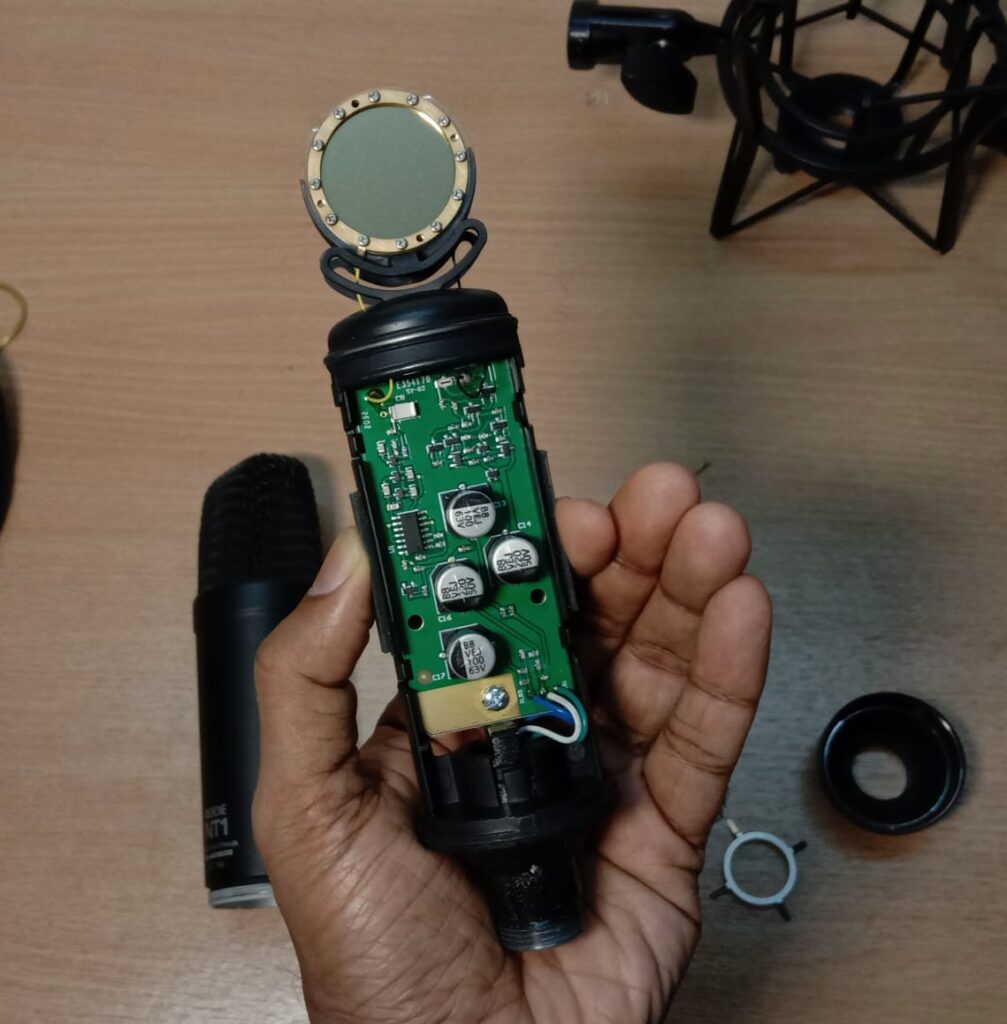
Technical Specifications.
Directional Pattern : Cardioid
Frequency Range : 20Hz ~ 20kHz
Output Impedence : 100Ω
Equivalent Noise : 4.5 dBA SPL
Sensitivity : -29 dB re 1V/Pa (35mV @ 94dB SPL) ± 2dB @ 1kHz
Dynamic Range : 128 dB SPL
Maximum SPL : 132 dB SPL
Power Requirement : 24V / 48V phantom power*
Net Weight : 395g
*You will need an audio interface with a phantom power suppy and a pre-amplifier to use this microphone.
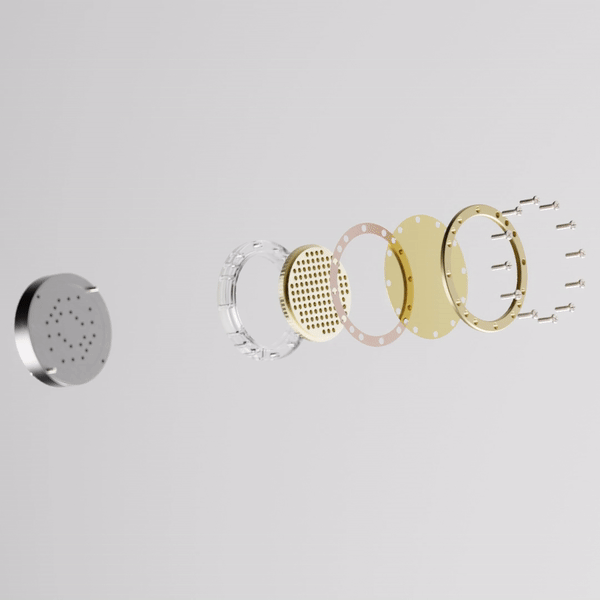
Pros and Cons
The performance of this mic depends heavily on the environment it is used in. This mic is meant for studio use which means you are expected to use it in a sound proof room which also has acoustically treated walls to control the reflections of sound waves.
Hence the pros and cons of this mic are also subjective to the environment . For eg:
The high sensitivity of the mic can pick up every minute detail in your voice when kept at appropriate distance away in a studio.
But when used in close proximity to compensate for the bad environment , it can pickup up rustle, mouth clicks breathes, pops etc which will make your recording sound amateur.
The low self- noise gives it added dynamic range and clarity to capture very low signals and details in a quiet environment
But when used in a noisy environment , the background noise drowns any advantage that the low self noise would have offered.
Other Pros to mention:
Rode’s Credibility as a reliable manufacturer
Rode has come a long way since the first Nt1. It has moved from being a company which imported Chinese capsules to making everything in house with automated machines involved in most of the assembly line making their products consistent in quality.
This is also true for their testing and quality assurance. Each of their products go through automated and manual testing processes including listening test of all their mics.
This is great news for the end users and has reinforced Rode’s credibility.
Also they provide 10 year added warranty for their products on registration. And as claimed by Rode they never charge for repairs!
This shows the manufacturer’s confidence in their product line.
My personal experience with Rode’s service center has been great.
Cons:
Moisture is a villain for this microphone
This microphone is extremely susceptible to moisture affecting the diaphragm and audio output. Hence when not in use ,the microphone should be stored with care . Better to put in an air tight plastic pouch and keep it a dry place. I had to sent mine for servicing twice due to the moisture issue and had to replace the diaphragm. But then again the service was done promptly by the Rode’s team.
Same thing goes for using the microphone without the pop filter.
This exposes the diaphragm to saliva for prolonged time .
Hence make sure a pop filter is always there between the microphones capsule and you to avoid moisture deposits.
The fuss around LDC and Comparison with dynamic mic Shure SM48
During my early efforts to attain the quality professional voice artists were delivering in their demos and works , I strongly and naively believed that their expensive microphones were “the answer” or rather the only answer.
Technical jargons like “LDC-Large Diaphragm Condenser”, frequency response, self noise etc. became my golden words.
There were a lot of ill informed discussions regarding best microphone for recording vocals in the early Facebook groups I joined, about how voice over holy grail is always a Large Diaphragm condenser microphone! And for a long time I used to think ” If only I had that LDC“. I was religiously working towards finding the money and the best LDC I can afford .
Guess what I found out after comparing my ‘LDC’ with the often looked down upon dynamic mic, head on!
Since I had started out with a dynamic microphone, the Shure SM48, I struggled with a small amount of pre-amp noise or hiss in my recordings (which dynamic mics requiring high gain are often associated with).
But apart from that this is still a solid microphone and probably better suited than a Rode NT1 for a beginner’s home studio !

If you listen to both the audio using a good pair of headphones, you will find some tonal quality difference and maybe a slight hiss in the silent parts of the SM48 recordings. But is there a night and day difference? You tell me.
Remember the Shure SM48 is around 1/6 th the price of an NT1!
So, should you buy a Rode NT1?
If you are looking for a good quality condenser microphone for a studio like environment, be it your vocal booth or the room you have acoustically treated, yes by all means its a great condenser microphone! It punches way above its weight class and have a great sound and some amazing specifications. Especially if it suits the vocals or instruments or whatever you plan to record with it.
If you are a beginner voice over artist who has saved up to buy this aspirational microphone without investing properly in your recording environment first , then ABSOLUTELY NOT. Trust me its not worth it.
Just listen to the Shure SM48 in comparison to the NT1 and see .For close mic-ing to capture voice in a less than ideal environment, an LDC is absolutely not necessary, on the contrary it will be a head ache. A good dynamic microphone will be your life saver . This is what I learned from my experience.
You can correct the tonal quality an EQ . A slight pre -amp hiss is better than capturing everything else in your noisy environment .
The dynamic mic will offer you good amount of room rejection than an Nt1.
Spend that money you saved on setting up a noise free , reverb free recording environment and you will sound much better than any costly LDC+ bad environment pair!


